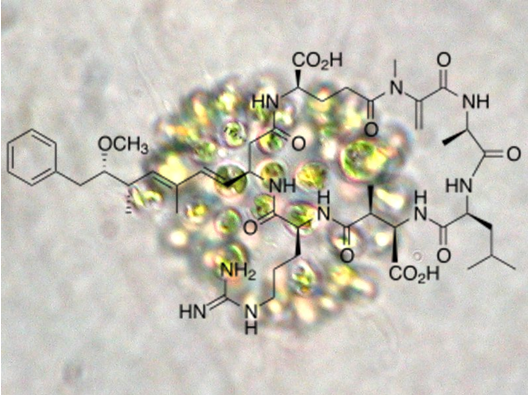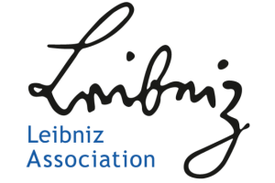6. DFG-supported project - Impact of microcystin on RubisCO and the carbon concentrating mechanism of Microcystis aeruginosa
(HA2002/20-1, joint project together with Prof. Elke Dittmann, University of Potsdam, project period 2016-2020)

Our recent findings have shown for the first time an important intracellular function of the toxin microcystin for the host cell. Particularly, microcystin has an impact on the adaptation and acclimation of Microcystis to changing inorganic carbon levels. Molecular studies provided evidence for an interaction of microcystin with RubisCO and an influence of (extracellular) microcystin on the transcription of different bicarbonate transporter genes. The current project aims to dissect the role of microcystin in these processes in vitro and in vivo. We are specifically planning to test the following hypotheses: 1) Microcystin acts as a regulatory factor and influences the ratio between the carboxylation and the oxygenation reaction of RubisCO, 2) Microcystin specifically stabilizes the extra-carboxysomal RubisCO portion and thereby promotes the oxygenation reaction in the cytosol, 3) Microcystin affects the partitioning of RubisCO between carboxysomes and cytosol, 4) Distinct Microcystis ecotypes differ not only in their content of genes for bicarbonate uptake but show a cross-talk regulating bicarbonate transporter transcription, 5) Toxic and non-toxic strains differ in the bicarbonate uptake activities under specific light/ pCO2 conditions leading to different CCM activities. The project aims to provide deeper insights into the inorganic carbon adaptation of Microcystis and the role of microcystin. Understanding the life style of Microcystis will be representative for other bloom-forming cyanobacteria and may thus contribute to the development of new management strategies for cyanobacterial blooms.






